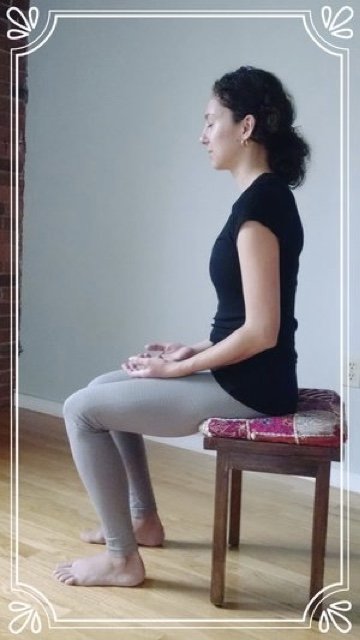Deep Breathing Doesn’t Process Trauma
Clearing emotional clutter has shown up at the forefront of my work these days. Make no mistake: we live in a traumatized world and almost all of us don’t get equipped with the know-how to heal from it unless we make a concerted effort.
When it comes to clearing the emotional clutter of trauma, I want to make two critical distinctions.
Firstly, practically everyone has experienced trauma. The definition of trauma is a subjective experience of an event - or series of events - that overwhelms a human’s ability to cope. Trauma in childhood is more common than mainstream society makes us believe. I share this because I fall under the category of believing for decades that I didn’t really experience real trauma. I’ve lived a privileged life, never having to worry about physical safety, shelter, food, nor not being able to follow my dreams. But I have had to come to terms with the research-based fact that my lack of experiencing emotional safety produces a traumatized system just as much as lack of physical safety does. And it is my humble conviction that those of us who have the privilege to learn about, acknowledge, and heal from emotional trauma are the most powerful game changers for humanity in this day and age.
Secondly I want to shed some light on how our nervous systems work. Un-processed trauma causes our nervous system to de-stabilize. We can spend too much time stuck in hyper or hypo arousal (anxiety or depression, to oversimplify it). If we don’t process the trauma, these dysfunctional patterns become habitual.
Deep breathing techniques come into the picture not to heal trauma, but to get our bodies in a calm, grounded, stable state again. Our nervous/immune/endocrine systems work optimally as a coordinated, harmonious whole in this rested-yet-alert state. It is when we are in this coherent state that healing from trauma can happen.
The beautiful thing is that this stable state (governed by your autonomic nervous system) is within our control, available to us at any time. If you want to learn the tools to regulate your nervous system, reach out to me.
When it comes to actually doing the healing, one needs to utilize trauma-processing modalities. Here are some common ones people use to heal from trauma:
EMDR (Eye-Movement Desensitization Reprocessing) Psychoherapy
Trauma-Informed Yoga/Yoga Therapy
Somatic Experiencing
Sensorimotor Psychotherapy
TRE (Tension/Trauma Release Exercise)
Psychology.com’s directory is a great place to find a qualified therapy professional. Many specialize in PTSD and C-PTSD, thankfully!!!
Remember how at one point in time you didn’t realize how much your physical clutter negatively impacted you? How much is emotional clutter impacting you? It may be showing up as a dysregulated nervous system, wreaking havoc on your birthright to clarity and peace.
Here’s to using the tools to regulate our nervous systems, so that we are safe enough to acknowledge, process, and let the trauma go. Then we’re free to re-wire our nervous systems for peace.


